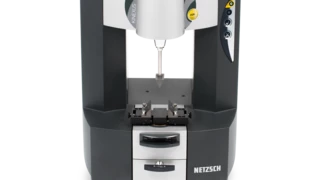Glossaire
Shear Thickening
While most suspensions and polymer structured materials are Shear ThinningThe most common type of non-Newtonian behavior is shear thinning or pseudoplastic flow, where the fluid viscosity decreases with increasing shear.shear thinning, some materials can also show shear thickening behavior where viscosity increases with increasing shear rate or shear ContrainteLa Contrainte est définie par un niveau de force appliquée sur un échantillon d’une section bien définie. (Contrainte = force/surface). Les échantillons qui possèdent une section rectangulaire ou circulaire peuvent être comprimés ou étirés. Les matériaux élastiques comme les élastomères peuvent être étirés jusqu’à 5 à 10 fois leur longueur initiale.stress.
This phenomenon is also called dilatancy and although this refers to a specific mechanism for shear thickening associated with a volume increase, the terms are often used interchangeably.
In most cases, shear thickening occurs at higher shear rates and there can be a region of shear thinning at lower shear rates. Usually, dispersions or particulate suspensions with a high concentration of solid particles exhibit shear thickening when the particles can no longer freely flow at increasing shear rates and hence start to “jam” together increasing its resistance to flow.

